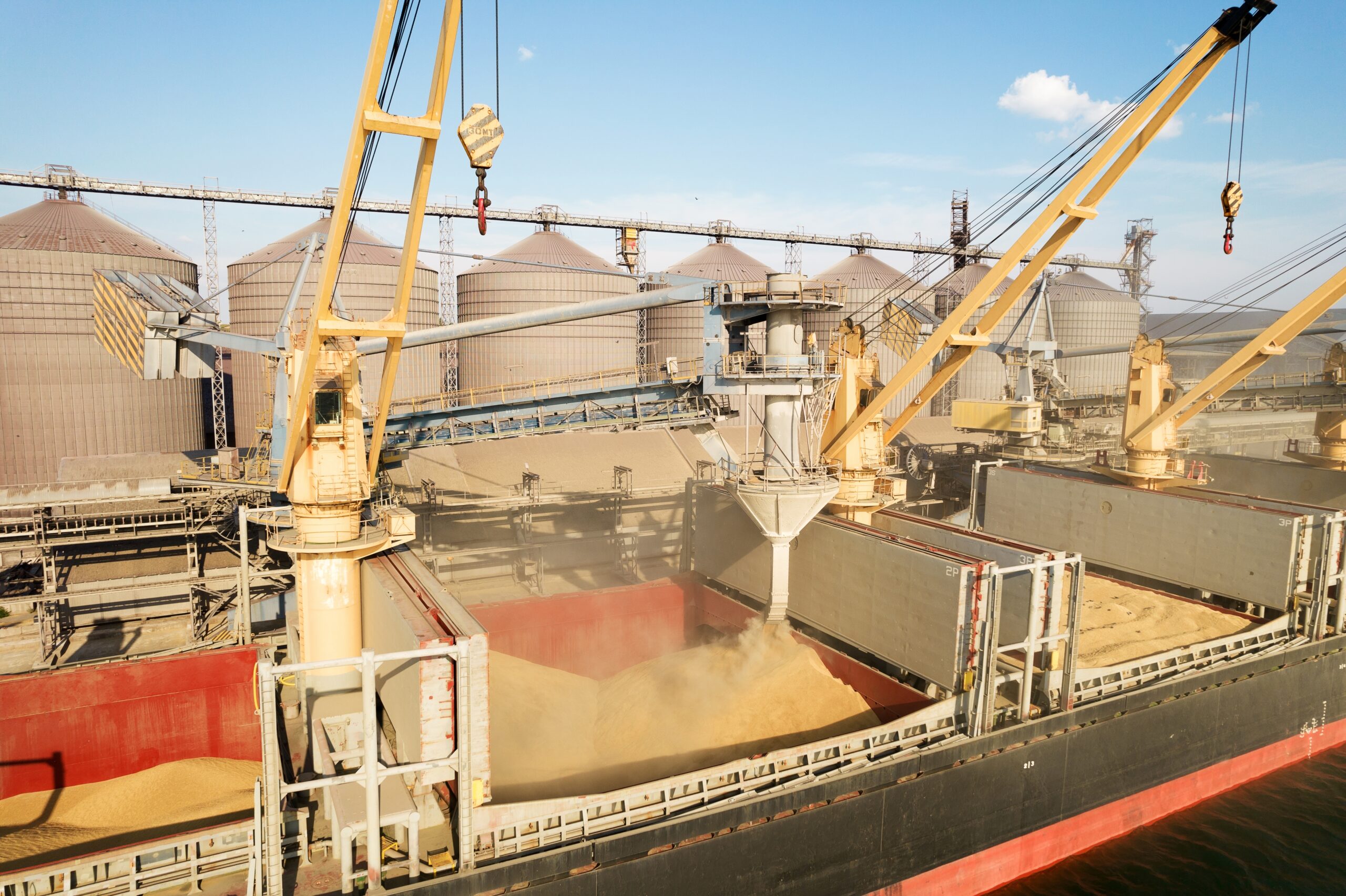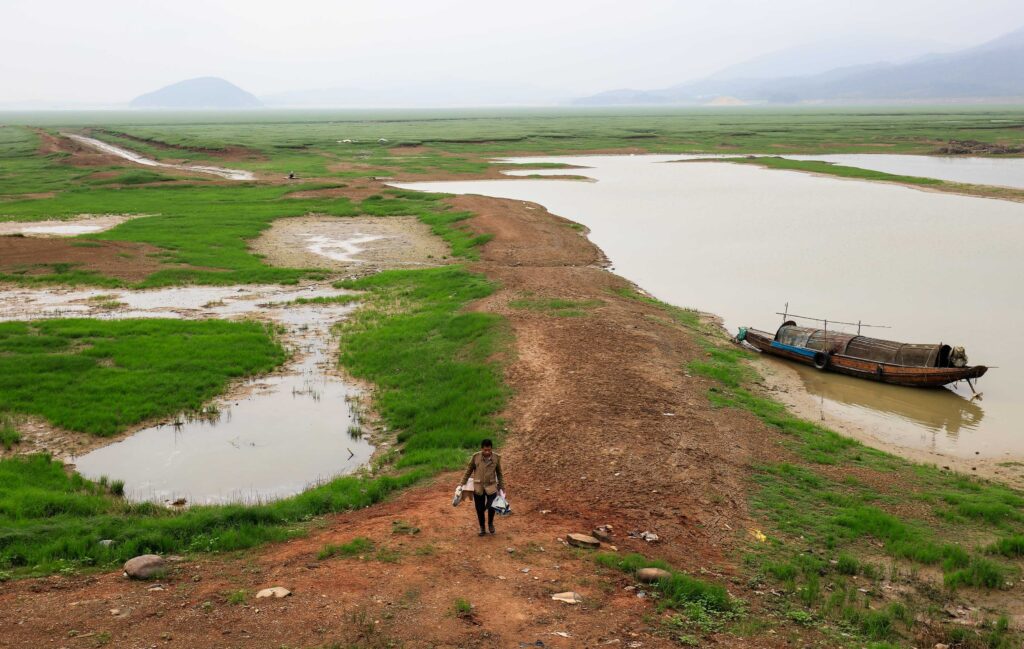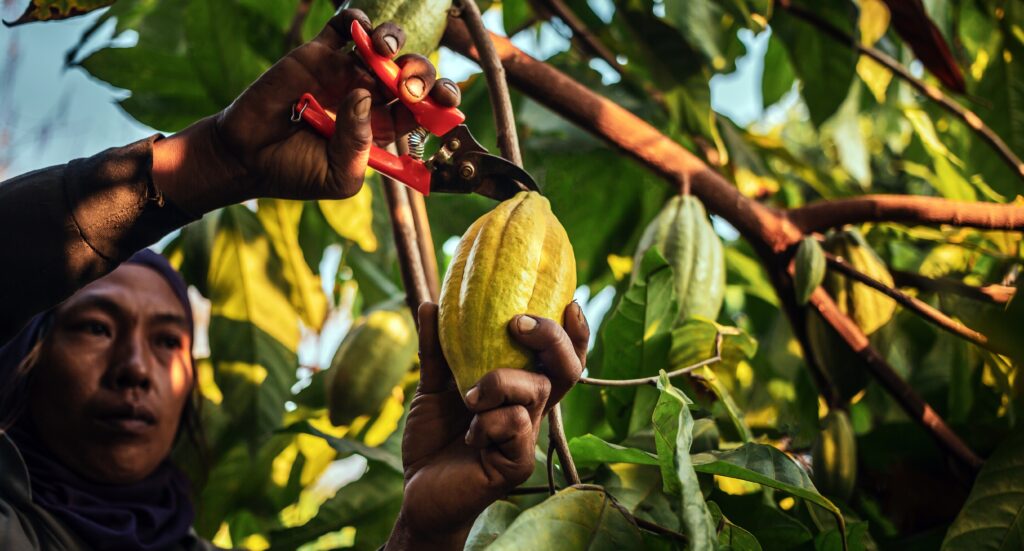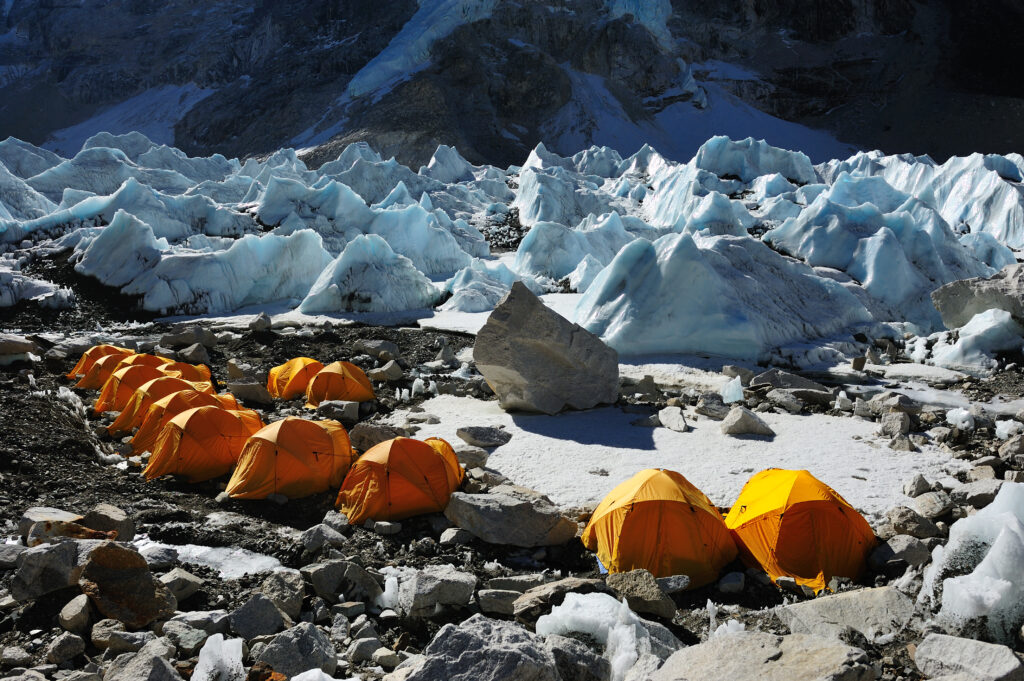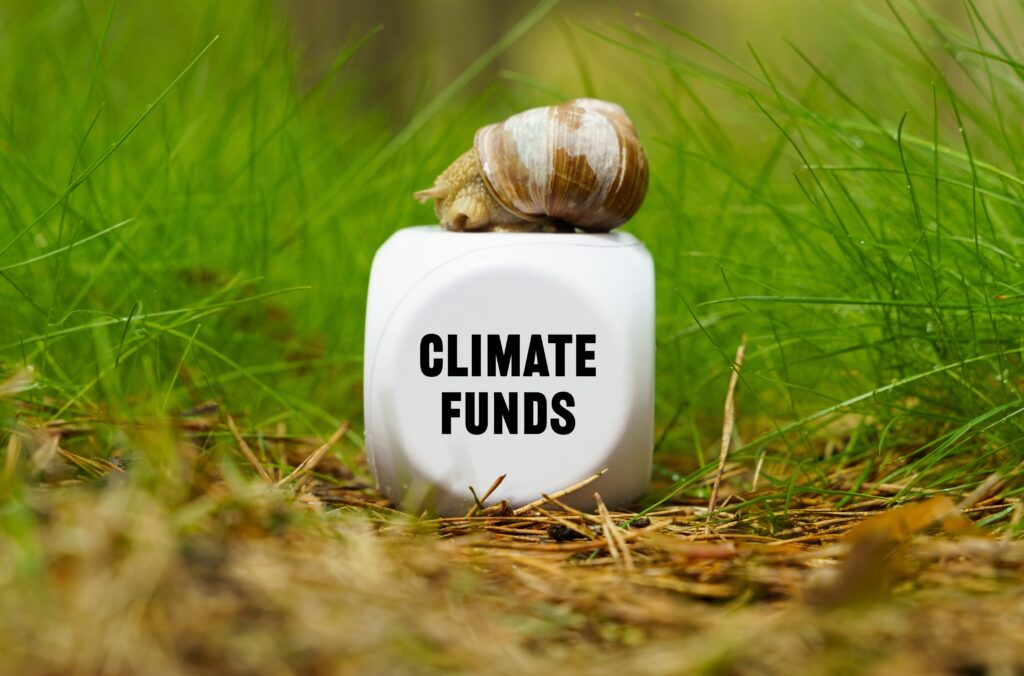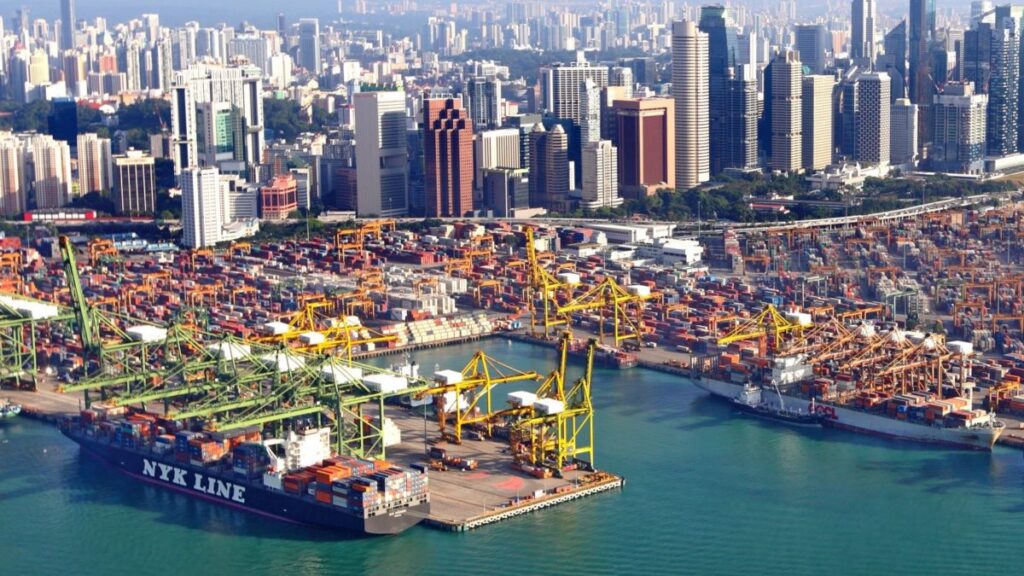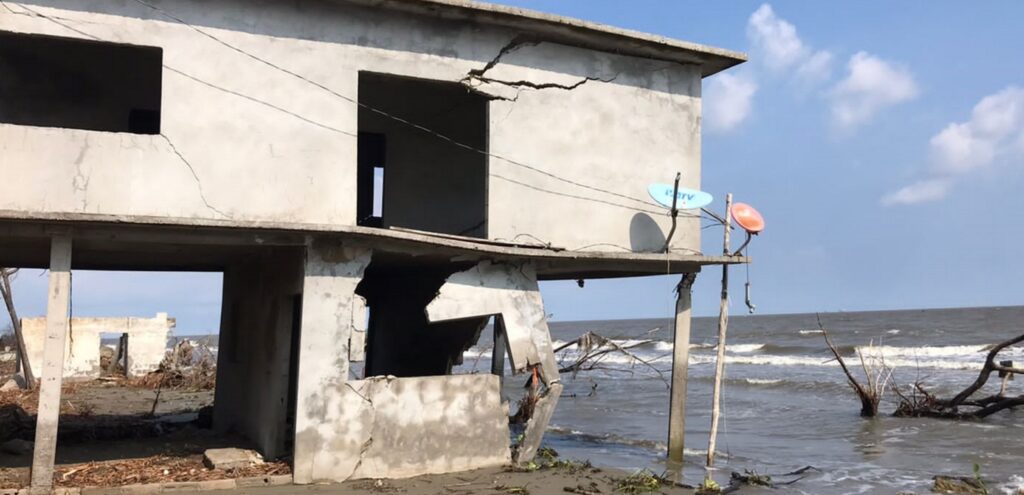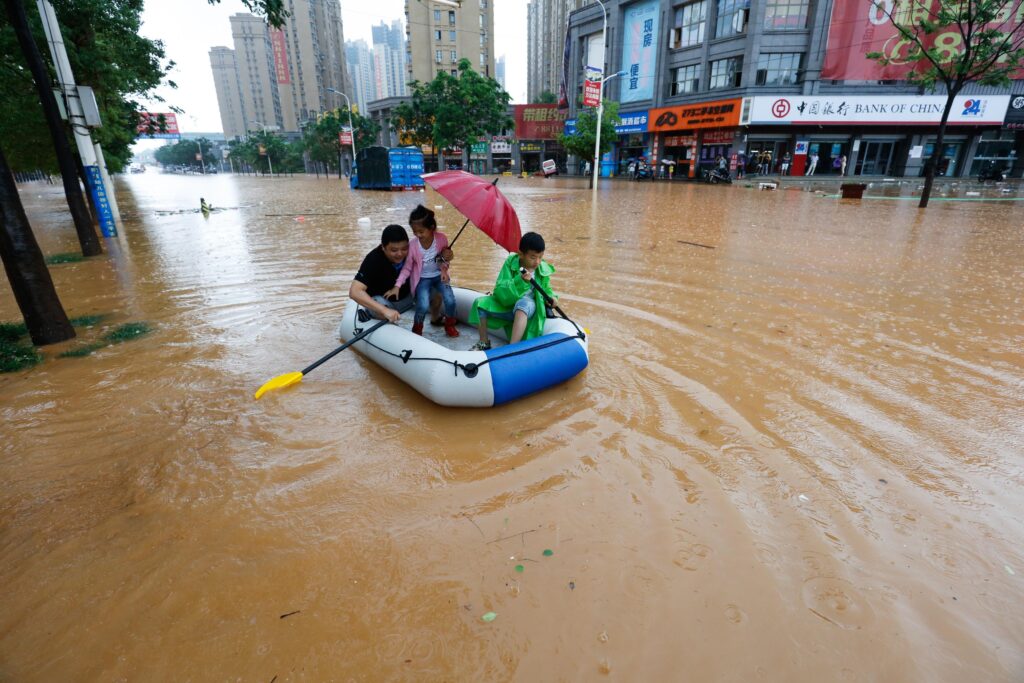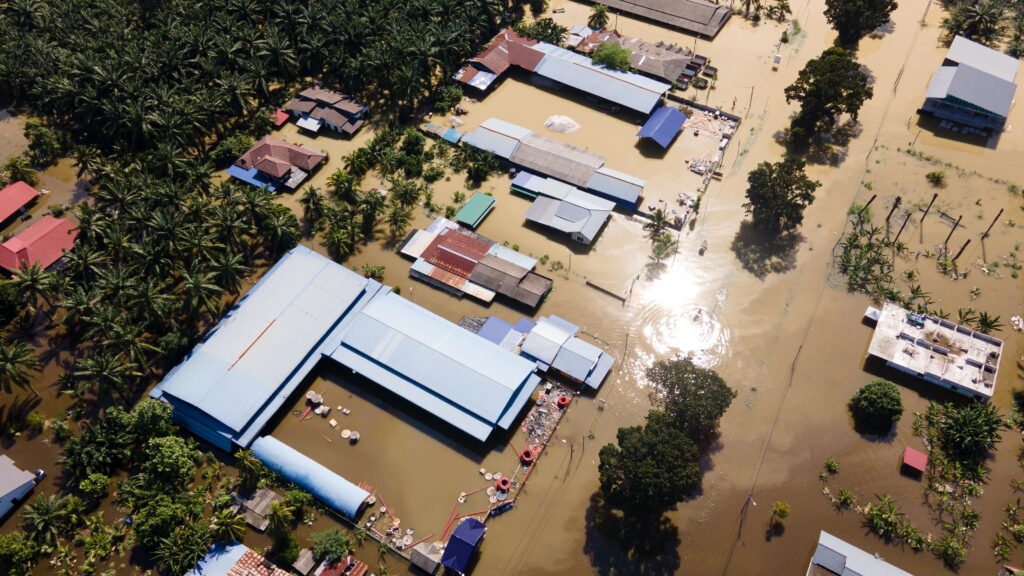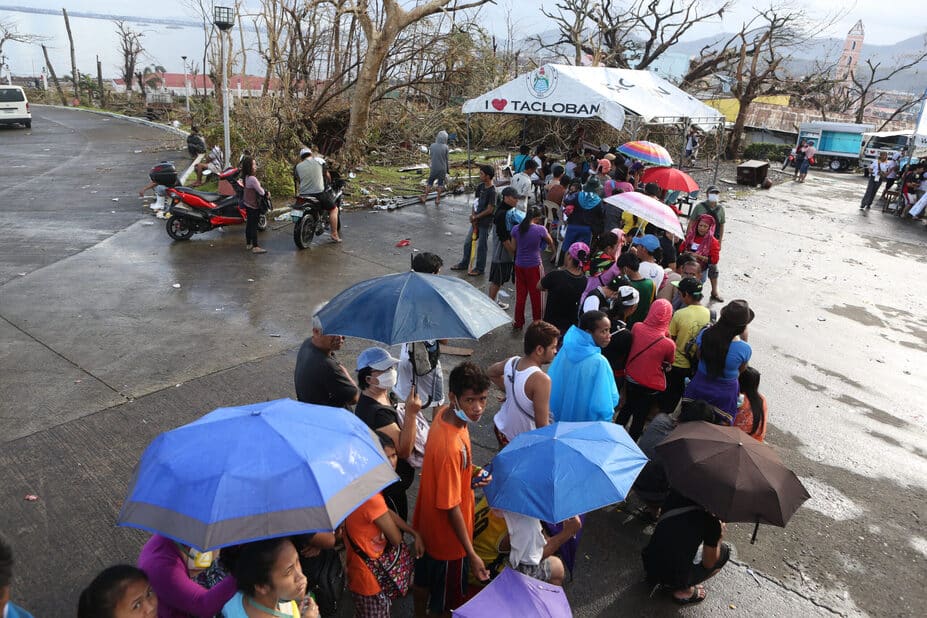Climate change’s impact on supply chains are happening now and are swiftly increasing. In the past two years, several major heatwaves have impacted numerous Asian countries, including China, India, Japan and Pakistan, and their supply chains in manufactured and agricultural goods.
There have been crop losses, factory closures and logistics disruptions due to these heatwaves. Put together, they are a sign of things to come as extreme weather makes climate change’s impact on supply chains worse.
“A policy framework is very much needed to fight against heat stress and heat wave-related problems,” said T.V. Lakshmi Kumar, an atmospheric scientist at India’s SRM Institute of Science and Technology, in a press statement.
As economies are interconnected, goods and services for consumption and use end up in places like grocery stores and homes via complex logistics systems. The issue, however, is that these supply chains are vulnerable to increasingly extreme weather events. As a result, when events such as heat waves in Asia strike, the impacts are felt everywhere.
Impact of Climate Change on Global Supply Chains
While it is challenging to connect a specific heat event to climate change, the overall trend of more frequent, hotter and longer heatwaves are in line with what climate scientists expect. In fact, the Intergovernmental Panel on Climate Change (IPCC), in its recent Sixth Synthesis Report, said that heatwaves will become more intense and frequent across Asia this century.
Moreover, heatwaves and drought-linked supply chain disruptions are already happening, and they are having a real impact on the global economy. In China, the 2022 heatwave led to the power grid struggling under a relentless demand for electricity to power air conditioning. This led to several factories having to temporarily shut down and led to widespread supply chain disruptions globally.
According to an analysis published in Harvard Business Review, which analysed supply chains in three countries, nearly every site in China, for example, experienced an increase in heat waves in recent years. This will mean one of two things – more disruptions in the future or higher costs due to the need to use more energy during heatwaves. Ultimately, this will increase the end prices for consumers and businesses.
Food Supply Chain Disruptions
There are potential impacts on food too. In May 2022, India banned wheat exports, due to heat impacts on its crops, leading to a rise in global wheat prices of about 6%. The ban remains in effect today just as the country experienced its hottest February in more than a century in 2023.
Melissa Cyrill said in an article from India Briefing that India is seeking to “stabilise domestic prices after an extreme and ongoing heatwave has cut into its wheat harvest prospects”. She added, “It is reported that at least 10 to 15% of wheat crop in the north region have been destroyed as scorching high temperatures prevented the wheat plant from forming grains.”
One huge knock-on effect of this is the impact on people in poverty or those with less disposable income. In other words, it means that more heatwaves could impact the food security and affordability of basic foodstuffs for those in developing countries across Asia.
Global Supply Chain Upheavals: What Needs to be Done?
Even if greenhouse gas emissions are immediately reduced, climate change’s impact on supply chains will continue due to historical emissions, primarily from developed economies. Just a few weeks ago, the World Meteorological Association warned that “global temperatures are likely to surge to record levels in the next five years”. It’s also likely that Asia will see even hotter, more intense heatwaves and droughts.
One way to make supply chains more resilient, according to a Springer Nature analysis, is to support more adaptation efforts – like the planning and development of physical infrastructure to combat extreme events. The authors said that while this could prove expensive, it would be necessary and that the alternative of doing nothing would be much worse.
Additionally, workers in sectors like construction and sanitation often spend hours outdoors and unprotected from heat. An initiative launched in the US, with the simple goal of protecting workers from extreme heat, could prove to be a model for others to follow.
In an ideal world, rich countries would provide funding to support sectors where supply chains are vulnerable and help the developing world adapt. Indeed, much of the developed world depends on agricultural, industrial and consumer products from the developing world, so it would be in their best interests to offer a helping hand to keep supply chains versatile and resilient.
Nithin Coca
Journalist, Japan
Nithin Coca covers climate, environment, and supply chains across Asia. He has been awarded fellowships from the Solutions Journalism Network, the Pulitzer Center, and the International Center for Journalists. His features have appeared in outlets like the Washington Post, Financial Times, Foreign Policy, The Diplomat, Foreign Affairs and more.
Nithin Coca covers climate, environment, and supply chains across Asia. He has been awarded fellowships from the Solutions Journalism Network, the Pulitzer Center, and the International Center for Journalists. His features have appeared in outlets like the Washington Post, Financial Times, Foreign Policy, The Diplomat, Foreign Affairs and more.

